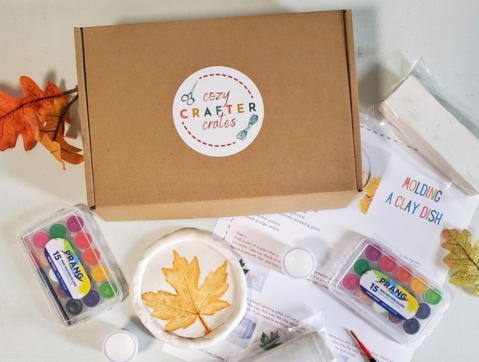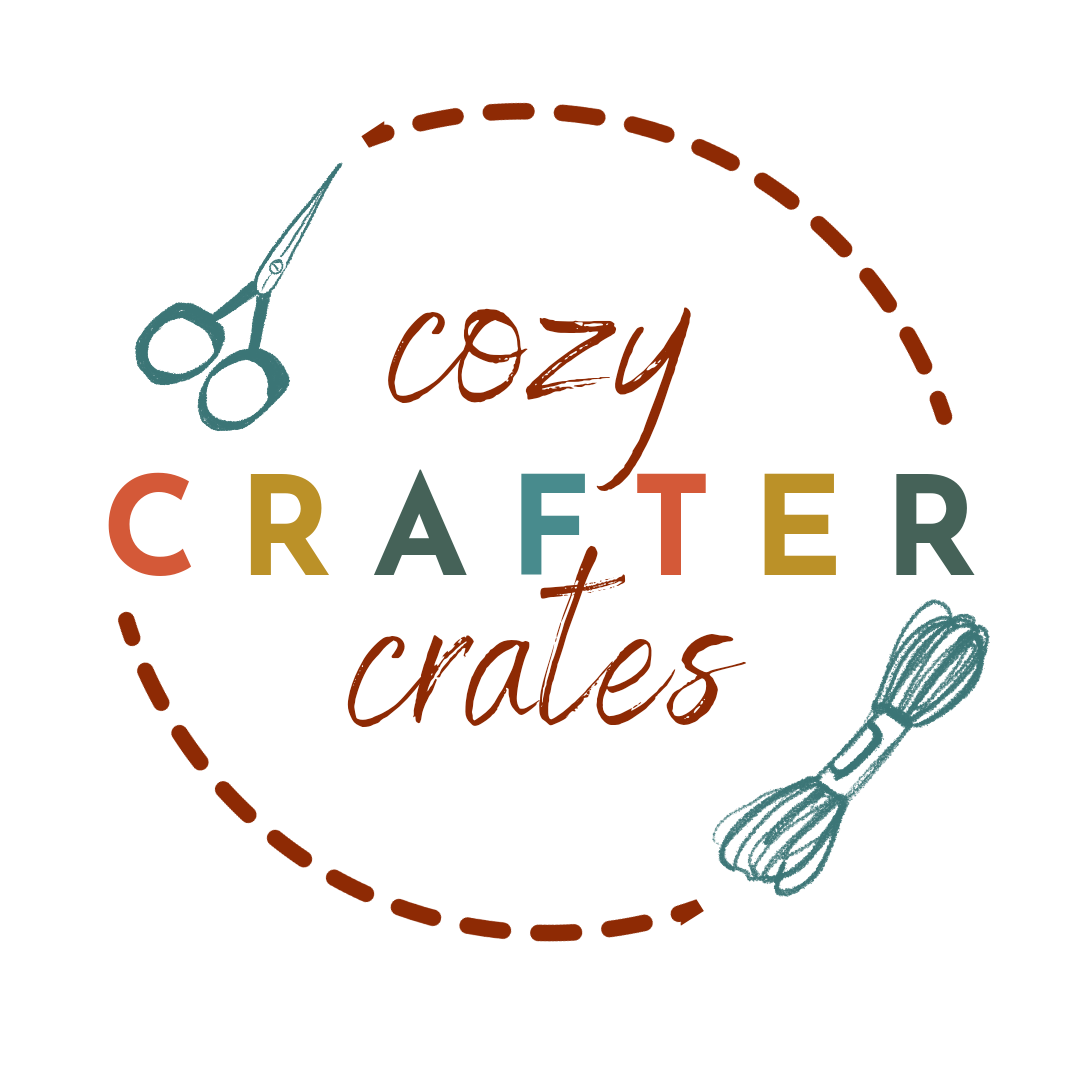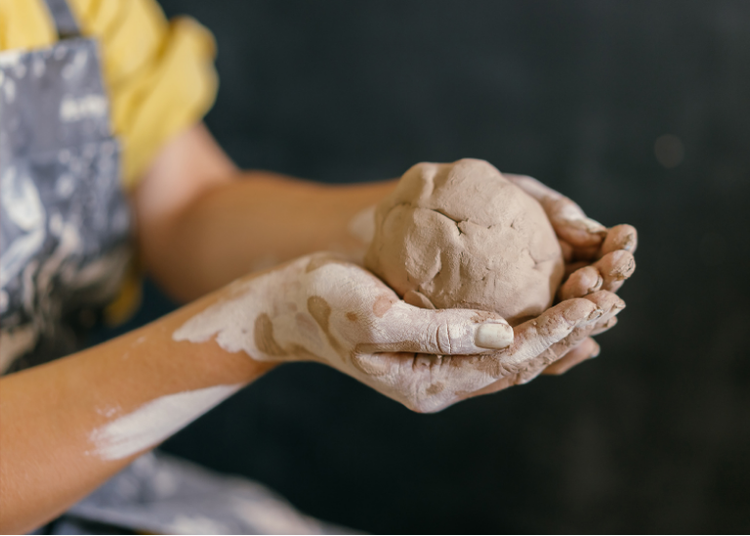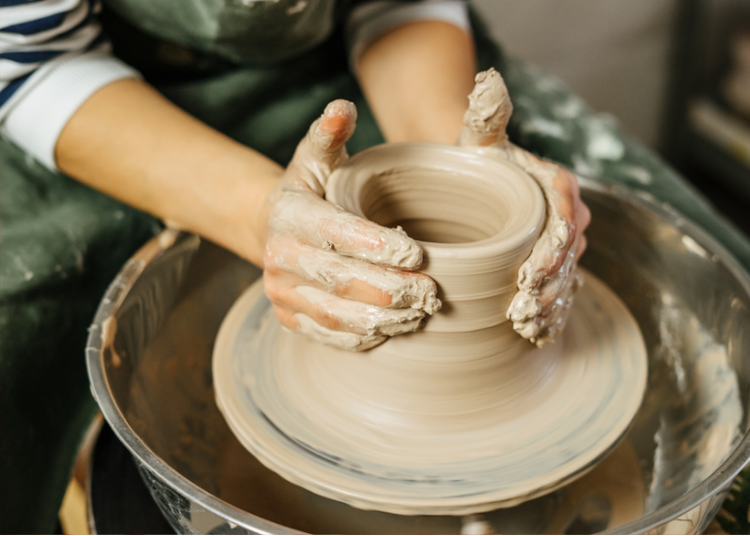From ancient pottery shards to modern sculpture, clay has shaped human history, quite literally. Whether it's forming a simple pinch pot or a detailed figurine, working with clay offers children and adults alike the chance to create with their hands, develop fine motor skills, and connect with a craft that stretches back thousands of years.
A Brief History of Clay Molding
Humans have been using clay for thousands of years. Some of the earliest known examples of clay use come from the Upper Paleolithic period in what is now the Czech Republic, where archaeologists discovered fired clay figurines. But it was in ancient Mesopotamia, Egypt, China, and the Americas where clay molding truly blossomed as a practical art form.
Clay was used to make everything from cooking pots to ceremonial statues. Ancient potters learned how to use fire to harden their clay pieces, increasing durability. As societies advanced, so did the techniques, leading to innovations like the potter’s wheel and decorative glazing.
This ancient craft has stood the test of time, and today it's still a favorite activity for both creative expression and skill-building.
Types of Clay
Different types of clay are used for different purposes. Here are some of the most common varieties used in molding and sculpting:
1. Air-Dry Clay
Perfect for beginners and children, air-dry clay doesn’t need a kiln or oven. It hardens simply by being left out to dry. It's ideal for small projects like ornaments, beads, or simple sculptures.
2. Earthenware Clay
Used for centuries in pottery, earthenware is a low-fire clay that remains slightly porous unless glazed. It’s excellent for hand-building or wheel throwing and comes in natural tones like red, brown, or white.
3. Stoneware Clay
Stoneware is a mid- to high-fire clay that becomes very strong and durable after firing. It’s used to make dishes, mugs, and functional pottery.
4. Polymer Clay
Unlike natural clays, polymer clay is made from plastic-based compounds and hardens in a standard home oven. It comes in many colors and is popular for miniature models, jewelry, and decorative crafts.
5. Porcelain Clay
Known for its smooth texture and bright white finish, porcelain is a high-fire clay that can be tricky to work with but produces beautiful, delicate pieces.

Techniques for Molding Clay
There are many methods for working with clay, ranging from very simple to more complex. Here are a few basic techniques:
1. Pinch Pot
One of the oldest and simplest methods, a pinch pot is made by rolling clay into a ball, then pressing your thumb into the center and pinching the walls evenly. Great for beginners and small bowls or cups.
2. Coil Building
Clay is rolled into long, snake-like coils that are then stacked and blended together. This is a versatile method that allows for larger and more complex shapes.
3. Slab Construction
This involves rolling out flat slabs of clay and cutting them into shapes, then joining them to form boxes, tiles, or sculptures. It’s useful for making things with straight edges and flat surfaces.
4. Molding by Hand
For figurines or organic shapes, hand modeling (sometimes called free-form sculpting) allows complete freedom of form. Tools like wooden knives, sponges, or even fingers help refine details.
5. Using Molds
Commercial or homemade molds can help shape clay into consistent forms. Kids often enjoy pressing clay into silicone molds for fun shapes and textures.
Benefits of Clay Molding for Kids
-
Strengthens fine motor skills
-
Encourages creativity and imagination
-
Teaches patience and planning
-
Connects children to historical and cultural traditions
-
Produces a tangible, useful object they can be proud of
Bringing It Into Your Home or Homeschool
If you're looking for a handicraft that connects art, history, and skill-building, clay molding is a fantastic choice. Start with air-dry clay and simple tools like toothpicks, butter knives, or cookie cutters. Let your child create animals, pinch pots, or decorative tiles. For older kids, introduce coil pots or even try making your own clay beads for jewelry.
Pair the activity with a short lesson on ancient pottery or a visit to a local museum to see historical clay artifacts. You'll be amazed at the connections your child makes between their hands-on experience and the world around them.
Whether you’re forming humble bowls or imaginative creatures, clay molding invites creativity and craftsmanship in a way few materials can. It’s messy, fun, and deeply satisfying, just like the best kinds of learning!
If you would like to try clay molding with your family in a fun and accessible way, subscribe to this month's Cozy Crafter Crate and get an all-inclusive kit that will teach your family how to make a clay dish with a nature inspired impression. Personalize the dish with some paint and you will have a keepsake that can be enjoyed for years to come!




